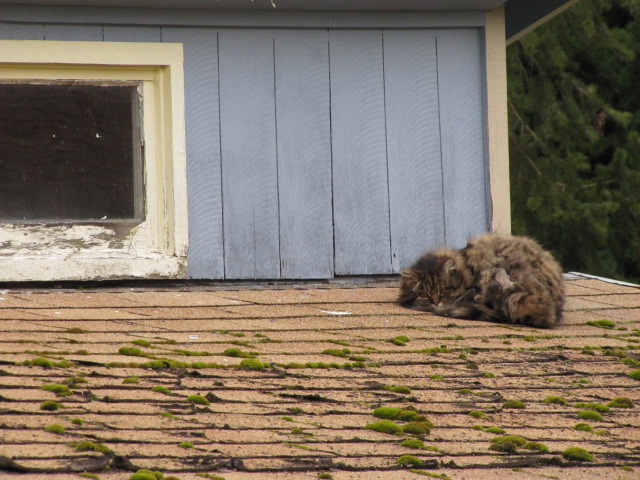Keeping Critters Off Of Your Roof

Squirrels, mice, and other small critters can really wreak havoc on your roof. You may have heard some clawing and scurrying sounds coming from up there, or maybe you’ve even caught them in the act during the day. Critters love to use your roof space because it’s a quick way to get from here to there and there are plenty of nooks and crannies (especially on larger, older homes) to hide in. Add to that the fact they can slip into cracks and holes to access your attic and walls, and you’ve got yourself a real problem.

This Old House refers to mice, rats and squirrels as the Big Three of household invaders. The roof is just the first stop for these critters, who use your roof as a portal to get into your warm home in the winter. Whether they want to get in to eat your food or make a nest, once they’re in, they’re very hard to get out. Squirrels tend to bed down in the eaves of your roof, while mice make a beeline for your garage and can climb pipes up to your bedroom walls. Rats are more likely to go down to your basement. Each of these critters does the same type of damage: chew up trim, gnaw on electric wires, shred the insulation, and eat through siding.
Squirrels and other likely culprits are more than a nuisance. They can do real damage to your home. The Mother Nature Network says squirrels in particular can damage siding, fascia boards, chimney flashing, and exhaust fans as they search for an entryway into your house. Once they gain access to your attic, they start to build nests. This is where it gets gross. They can leave droppings and urine everywhere and chew through wires, posing a fire hazard. Not to mention they can utterly destroy furniture.
You can go the old school route and set out traps and poisons if the animals have made their way into your home. But if all they’re doing is using your roof as a play space, it will be a bit harder to keep them off. Turn your attention to the trees and branches that allow squirrels and other critters to jump onto your roof. The Mother Nature Network advises fastening a two-foot band of sheet metal around the trunk of the offending tree about six to eight feet above the ground to prevent squirrels from even getting up the tree. Keep all tree limbs properly trimmed so branches are no more than six to eight feet from the house. Of course, prevention is the best option. The National Roofing Contractors Association recommends installing intake vents—ideally during construction—to allow free movement of air into the ventilation space. These should be installed in such a way as to keep precipitation, animals, and insects from getting in.
Keeping animals off your roof may be a challenge but it can be done with just a little diligence on your part. You want to prevent creatures such as squirrels and rodents from getting used to playing on your roof in the first place. Once an infestation begins it’s hard to get pests out and may involve calling in a professional.
Byline
Jordan Plankton writes on roofing, home improvement, construction, home maintenance and other related topics. Jordan recommends that those interested in either repairing their current roof or installing a new roof take a look at the services offered by one of the leading Houston Texas roofing companies.
Image credit goes to inkristed.
